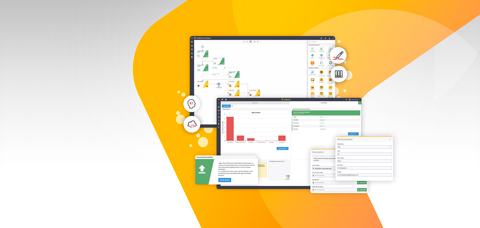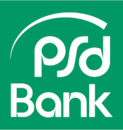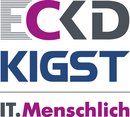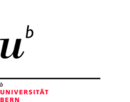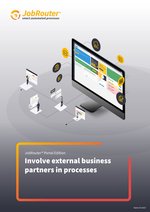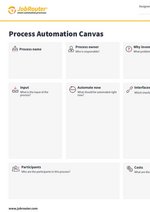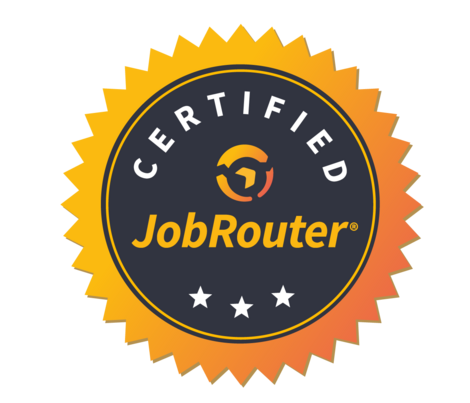Connect your processes, data and documents company-wide!
Finance / Accounting
Accounts payable, accounts receivable, 3-way order match, capex approval process, budget management, credit limit requests, asset management / disposal, vendor portal / self service
Purchasing
E-procurement, PO processing, goods receipt process, order processing, expenditure authorization, inventory management, procure-to-pay process, supplier portal, self-service portal
Human Resources
Employee onboarding & off boarding, new hire requests, expense reporting, leave & business trip requests, merit pay & time-sheets, performance management, workforce analytics, employee self-service portal
Construction / Manufacturing
Digital construction file, quality assurance, compliance, safety and financial audits, complaints handling, preventive / corrective actions documentation, progress tracking, support management
Sales & Marketing
Quote-to-cash process, order processing, proposal development, sales quote approval, sales contract renewal, lead and event management, collateral development & download, customer self-service portal, customer survey
Operations / Administration
Assembly report, checklist, order execution, contract lifecycle management, administration operations, training management, electronic standard operating procedures, field service management, supply chain / logistics

